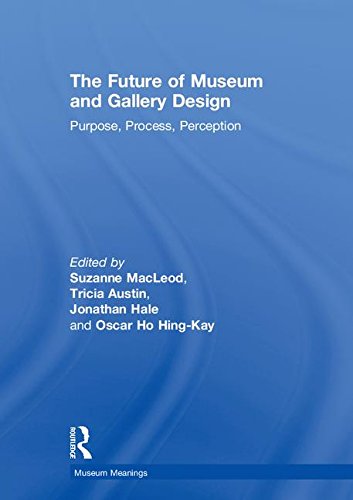

Most ebook files are in PDF format, so you can easily read them using various software such as Foxit Reader or directly on the Google Chrome browser.
Some ebook files are released by publishers in other formats such as .awz, .mobi, .epub, .fb2, etc. You may need to install specific software to read these formats on mobile/PC, such as Calibre.
Please read the tutorial at this link: https://ebookbell.com/faq
We offer FREE conversion to the popular formats you request; however, this may take some time. Therefore, right after payment, please email us, and we will try to provide the service as quickly as possible.
For some exceptional file formats or broken links (if any), please refrain from opening any disputes. Instead, email us first, and we will try to assist within a maximum of 6 hours.
EbookBell Team

0.0
0 reviewsThe Future of Museum and Gallery Design explores new research and practice in museum design. Placing a specific emphasis on social responsibility, in its broadest sense, the book emphasises the need for a greater understanding of the impact of museum design in the experiences of visitors, in the manifestation of the vision and values of museums and galleries, and in the shaping of civic spaces for culture in our shared social world.
The chapters included in the book propose a number of innovative approaches to museum design and museum-design research. Collectively, contributors plead for more open and creative ways of making museums, and ask that museums recognize design as a resource to be harnessed towards a form of museum-making that is culturally located and makes a significant contribution to our personal, social, environmental, and economic sustainability. Such an approach demands new ways of conceptualizing museum and gallery design, new ways of acknowledging the potential of design, and new, experimental, and research-led approaches to the shaping of cultural institutions internationally.
The Future of Museum and Gallery Design should be of great interest to academics and postgraduate students in the fields of museum studies, gallery studies, and heritage studies, as well as architecture and design, who are interested in understanding more about design as a resource in museums. It should also be of great interest to museum and design practitioners and museum leaders.